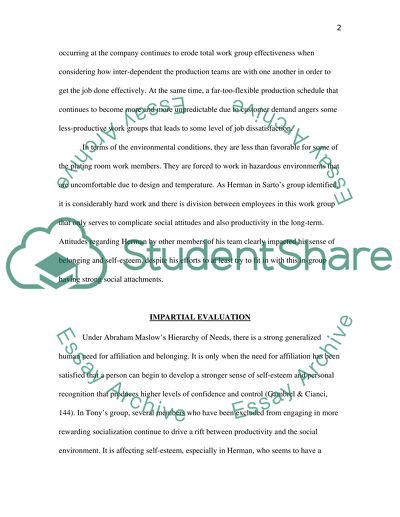Cite this document
(“The Slade Plating Department Term Paper Example | Topics and Well Written Essays - 2500 words”, n.d.)
Retrieved from https://studentshare.org/philosophy/1425022-the-slade-plating-department
Retrieved from https://studentshare.org/philosophy/1425022-the-slade-plating-department
(The Slade Plating Department Term Paper Example | Topics and Well Written Essays - 2500 Words)
https://studentshare.org/philosophy/1425022-the-slade-plating-department.
https://studentshare.org/philosophy/1425022-the-slade-plating-department.
“The Slade Plating Department Term Paper Example | Topics and Well Written Essays - 2500 Words”, n.d. https://studentshare.org/philosophy/1425022-the-slade-plating-department.


